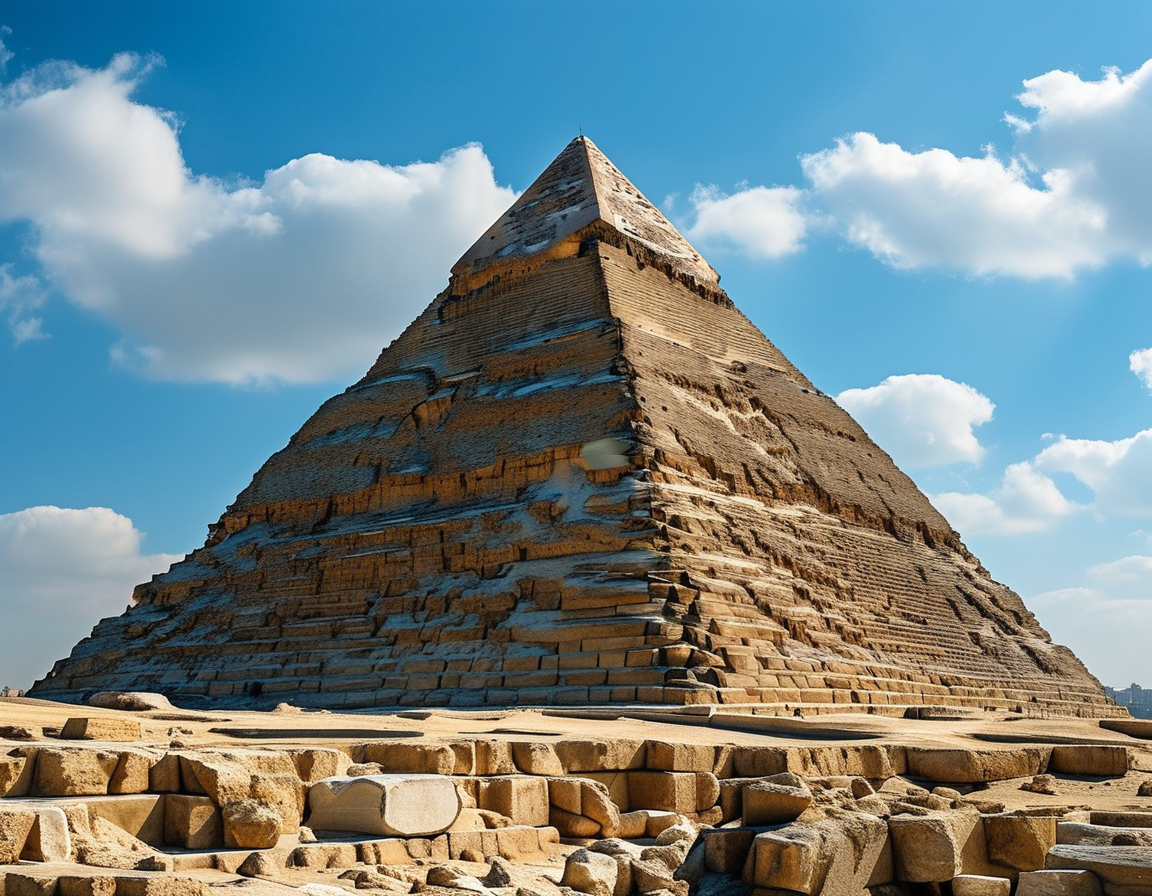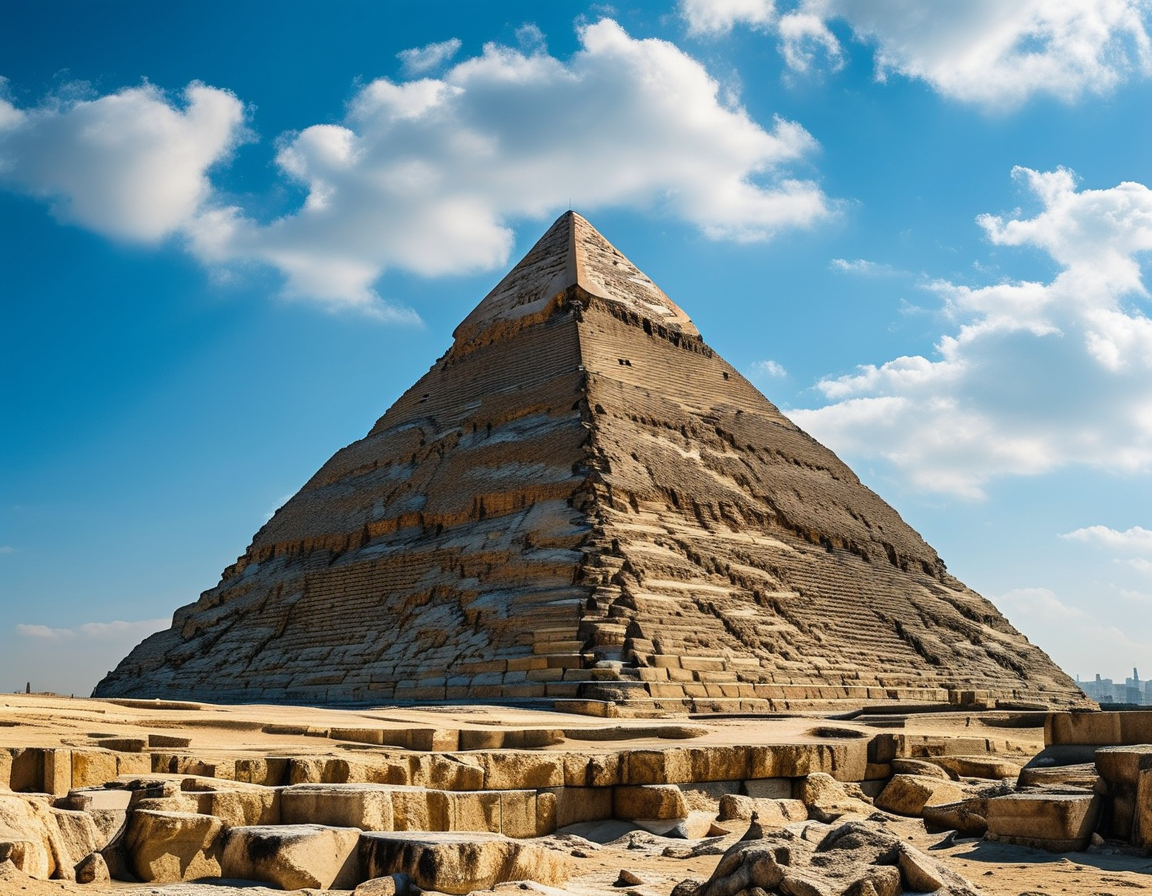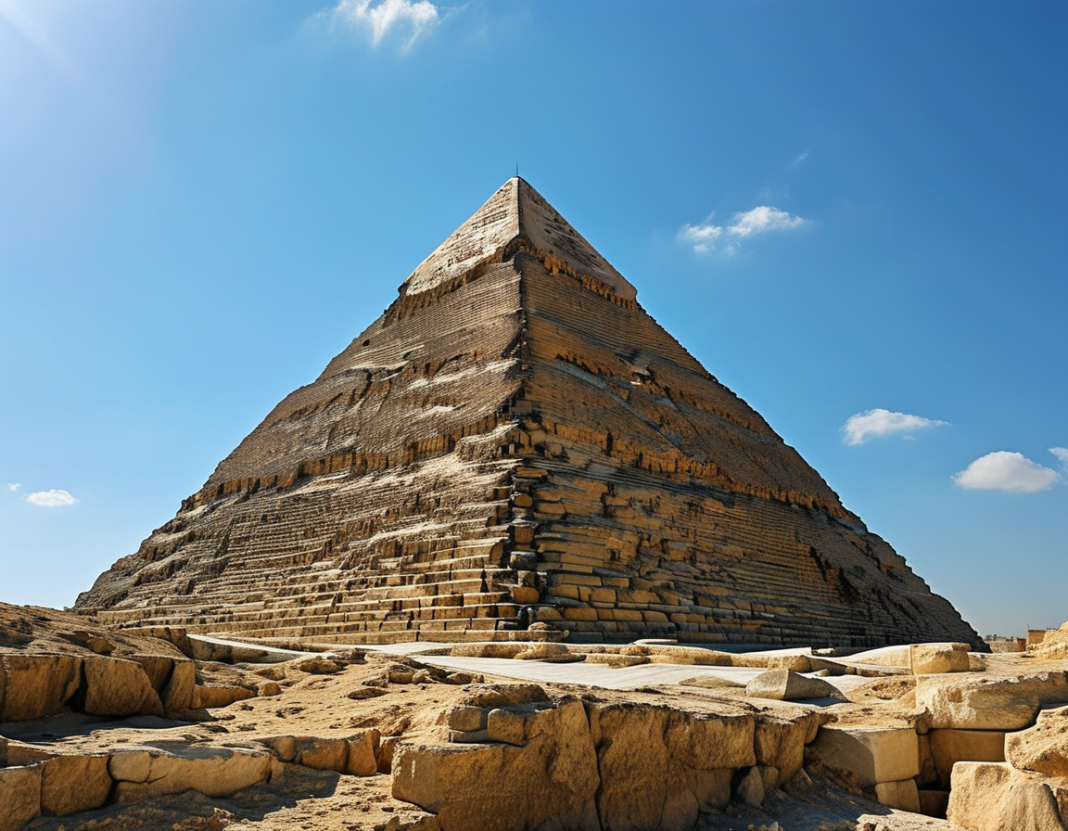The pharaohs of ancient Egypt captivate us. They were not just rulers. They represented both divine and earthly power. Why does this ancient civilization continue to fascinate? This article explores their legacies and the mystery that still surrounds them.
The Rise to Power of Pharaohs?
Ascension to the throne was no easy feat. Pharaohs often rose through hereditary lineage or divine approval. Imagine being seen as a god on Earth. The rituals were elaborate, filled with symbolism, and awe. To become a ruler, one would be crowned with the double crown of Upper and Lower Egypt. This act connected them to the gods, and they became responsible for the order of society.

Consider the weight of such a title. They had to ensure ma’at — balance and harmony in the lives of their people. In everyday terms, this is like being the ultimate leader in a community where everyone looks up to you. The weight of expectation must have been immense.
Notable Pharaohs Who Changed History
Tutankhamun is often the first name that springs to mind. The “Boy King” took the throne young, his reign brief yet impactful. His tomb, found nearly intact in 1922, was a treasure trove of artifacts. Can you imagine the thrill of that discovery? It was a glimpse into a culture that still holds our hearts. His burial treasures stunned the world and revived interest in ancient Egypt.
On the other hand, Ramses II, commonly known as Ramses the Great, was a giant in comparison. His reign was filled with military conquests and stunning architectural endeavors. The temples at Abu Simbel, carved out of rock, showcase ancient engineering marvels. They’re a testament to how culture flourished under his leadership. Each stone tells a story.

And then we have Cleopatra VII, a name synonymous with intrigue. She was the last pharaoh of Egypt and a woman of remarkable intelligence. Her alliances with powerful Roman leaders reflect strategic prowess. Yet, her story is more than politics. It’s about romance, ambition, and ultimately, tragedy. With her passing, the pharaonic era came to a poignant end.
Cultural and Religious Contributions
Pharaohs were not merely rulers; they were representations of divine will. They commissioned temples, like the Great Pyramid of Giza and the Sphinx. These structures stand as reminders of their power. Every stone, every statue aimed to connect the earthly with the divine.
Art, literature, and science also flourished under their reigns. Imagine living in a time where advancements in medicine and astronomy arose from royal patronage. This was a civilization that pushed boundaries. The commitment of pharaohs towards cultural progress laid groundwork for many future societies.

What about daily life? It’s easy to view pharaohs as distant figures. But their lives were busy, filled with administration, military leadership, and cultural patronage. They were supported by a complex bureaucracy, ensuring every detail of governance was handled. This structure allowed their grand visions to take shape.
The Legacy of the Pharaohs
The legacies of the pharaohs endure, echoing through time. Their achievements in architecture, governance, and culture are remarkable. Consider how many movies, books, and studies explore their lives. They tantalize our imagination and inspire research.
The allure of ancient Egypt continues to captivate minds and hearts everywhere. The treasures left behind offer a glimpse into their incredible civilization. What do their stories tell us about our capacity for greatness?
Conclusion: Timeless Figures in History
In conclusion, pharaohs were more than rulers; they represented a divine connection. Their influence shaped a civilization that blends the sacred with the everyday. Today, they remain symbols of power, history, and culture that transcend time. How can we draw lessons from their journey?




